Google has announced a suite of new AI features for Docs, Gmail, and other products. The company is positioning these tools as a way to help users get work done–and they’re going head-to-head with Microsoft’s workspace tools.
What does this mean for you? If you’re already using Google’s productivity apps like Docs or Gmail, then the new features will make your life easier by making it easier for them to understand what information is important in emails so that they can automatically categorize them into tasks and reminders.
ChatGPT’s GPT-4
Google’s GPT-4 is an AI that can understand images. It can identify objects in photos and videos, as well as read text. This could be useful for Google Docs users who want to add images to their documents without having to manually crop or resize them first; it could also help Gmail users create emails with attachments that are easier on the eye.
In addition, because GPT-4 can recognize faces in images, it could have implications for Google Lens–the company’s augmented reality tool that uses visual recognition technology to identify objects in real time (such as cars or landmarks). It may one day be possible for you to point your phone at something and ask what it is or where it’s located–and get an answer!
Google Announces AI Features in Gmail, Docs, and More
Google has announced a suite of new AI features for its Docs, Gmail and other productivity apps. The company says the tools are designed to improve efficiency and user experience for users who work with documents on a regular basis.
The most notable addition is “Smart Reply,” which allows users to quickly respond to emails using machine learning-based suggestions that are tailored specifically for them. This feature has been available in Inbox by Gmail since 2015 and was recently integrated into Google’s main email app as well. Now it’s coming to Docs as well–you can expect Smart Reply suggestions when you open up an email attachment or folder containing documents in your inboxes (for example).
Google also announced other AI-powered features including:
Generative AI is Just a Wake-Up Call
The emergence of generative AI is just a wake-up call. It’s not the first time we’ve seen this kind of technology, but it’s happening at a much faster pace than anyone expected. And it’s happening because companies like Google and Microsoft are making huge investments in research and development (R&D) for these tools.
Google has been working on its own version of generative AI for years now, and Microsoft recently announced plans to integrate its own version into its Office 365 productivity suite–which includes Word, Excel, PowerPoint and Outlook among other products–in 2020.
Google Publishes Generative AI Prohibited Use Policy
Google’s new AI Prohibited Use Policy is designed to protect user data and ensure that the company is not violating any laws. The policy, which was published on June 11, outlines how Google will use machine learning technology in its products.
The company’s goal is to create “a world where people can trust that AI technologies will be used responsibly and fairly,” according to the document. This includes protecting against malicious use of machine learning systems, ensuring legal compliance with local regulations and standards (such as GDPR), protecting users’ privacy rights when using AI tools like Gmail or Docs–and even preventing bias against certain groups based on race or gender within your product’s algorithms.
Google Going All-In on AI for Workspace
Google is going all-in on AI for Workspace, integrating it into existing tools and creating new ones. The company has made a number of announcements in recent months that show how it plans to improve the user experience with its AI-powered offerings.
Google announced the launch of a new Google Lens feature for Docs, Sheets, Slides and Gmail that lets users search through their documents using visual cues such as text or images within them. This will help you find relevant information faster than ever before–just point your device’s camera at any document or photo (or even an object) and hit Ctrl+Alt+O on Windows or Command+Option+O on MacOS to open up Lens’ built-in image recognition capabilities so you can quickly find what you need without having to manually type anything into the search bar first!
Conclusion
Google’s new AI features are a significant step forward for the company and could be a big threat to Microsoft’s Workspace tools. The company has already announced plans to bring its machine learning-based technology to Google Docs, Gmail, and other products that millions use every day.
Google is also working with third-party developers who want access to its technology so they can integrate it into their own apps or services. This will allow users who use other programs like Adobe Illustrator or Photoshop as part of their workflow (or even just as consumers) access these new capabilities without having to switch over entirely from Microsoft Office 365.
